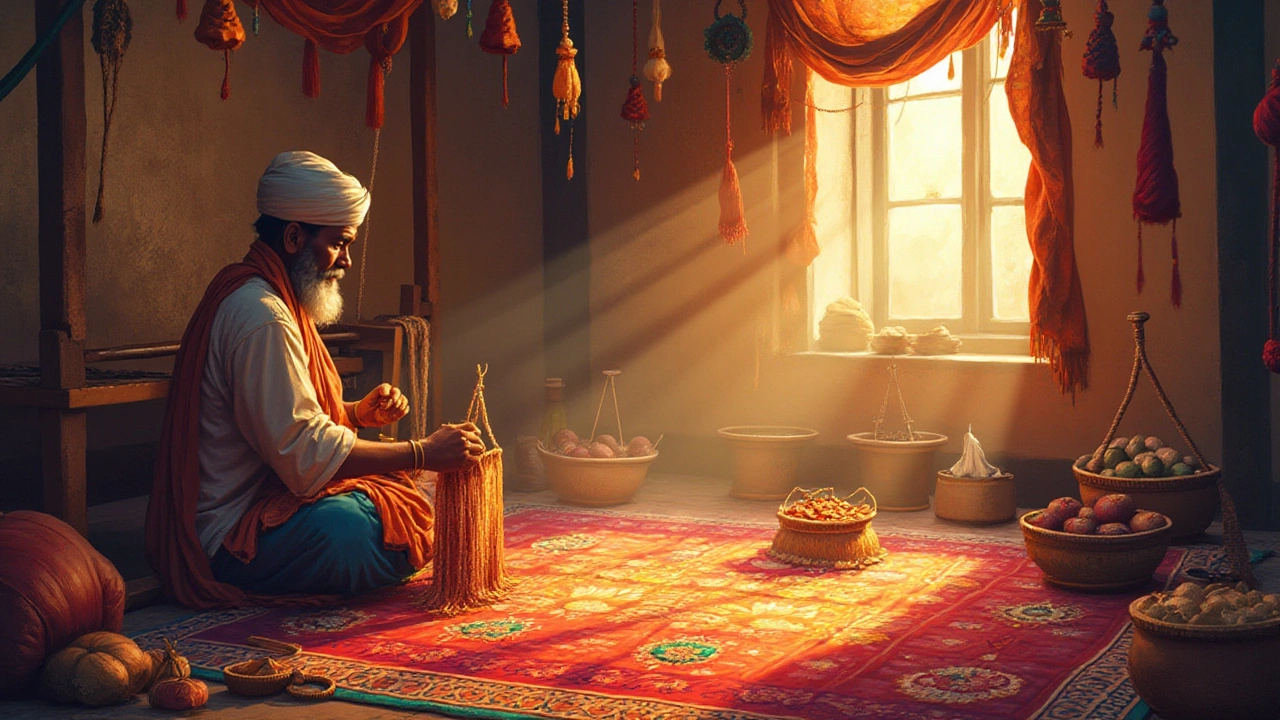
Identifying Authentic Prayer Rugs: A Comprehensive Guide
Prayer rugs are an integral part of many religious practices, offering both practical and symbolic significance. Identifying a true prayer rug involves recognizing specific designs, markings, and features unique to these textiles. This guide will take readers through the history, symbolism, materials, size, and designs that help differentiate prayer rugs from ordinary ones. Learn tips from experts on verifying authenticity and enhancing your appreciation of these culturally rich items.
View More